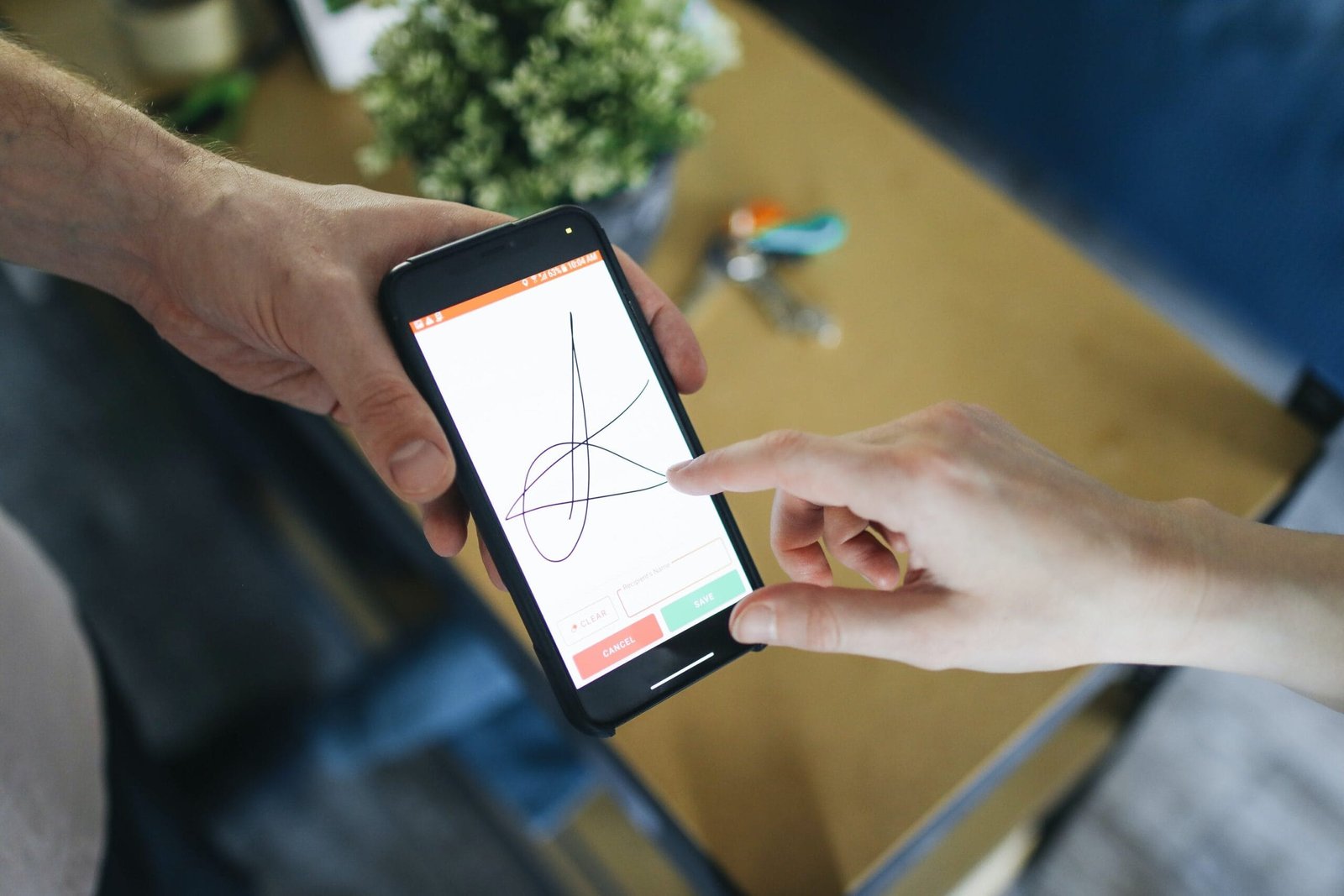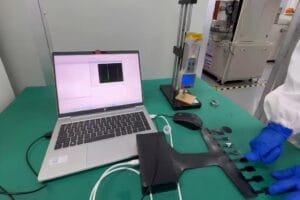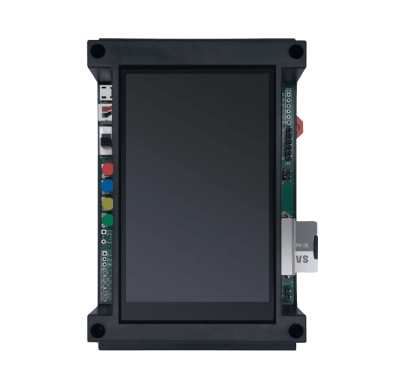Handwriting Recognition Technology: Bridging the Gap Between Analog and Digital

In an increasingly digital world, where keyboards and touchscreens have become the primary means of communication, the art of handwriting seems to be fading into obscurity. However, thanks to the advancements in technology, handwriting recognition has emerged as a powerful tool that bridges the gap between analog and digital. This technology has the potential to revolutionize the way we interact with devices, enhance productivity, and preserve the beauty of the written word.
Understanding Handwriting Recognition
Handwriting recognition technology, also known as handwriting OCR (Optical Character Recognition), is the process of converting handwritten text into a digital format that computers can understand. It involves complex algorithms and machine learning techniques to analyze and interpret handwritten patterns, shapes, and strokes.
The journey of handwriting recognition began decades ago. Initially, it was a challenging task due to the vast variations in individual handwriting styles, making it difficult for computers to accurately decipher the text. However, with advancements in artificial intelligence and deep learning, the accuracy and efficiency of handwriting recognition systems have significantly improved.
1. Digital Note-Taking and Annotation
Handwriting recognition technology has transformed the way we take notes. With digital pens and tablets, users can seamlessly write on the screen, and the technology converts their handwritten notes into editable text. This enables users to search, edit, and share their handwritten notes effortlessly. Moreover, the ability to annotate digital documents, such as PDFs, has become much more convenient with handwriting recognition.
2. Form Processing and Data Entry
In various industries, such as healthcare and finance, handwritten forms are still prevalent. Handwriting recognition technology makes it possible to automate the processing of these forms, eliminating the need for manual data entry. This not only saves time but also reduces errors associated with manual transcription.
3. Language Learning and Education
Handwriting recognition plays a vital role in language learning and education. With interactive language learning platforms, students can practice writing characters or words on touchscreens, and the technology provides instant feedback on their accuracy. This enhances the learning experience and allows students to improve their writing skills effectively.
4. Postal Services and Mail Sorting
Postal services deal with an enormous volume of handwritten addresses daily. Handwriting recognition technology helps automate the sorting process by quickly extracting the address information from envelopes and parcels. This improves efficiency and reduces delivery errors, ensuring that mail reaches its intended recipients promptly.

Advantages of Handwriting Recognition
1. Preservation of Handwritten Heritage
Handwriting recognition technology allows us to digitize and preserve historical documents, manuscripts, and letters. This ensures that valuable cultural artifacts are accessible to future generations.
2. Accessibility and Inclusivity
Handwriting recognition helps individuals with physical disabilities who may struggle with typing or using touchscreens. It enables them to communicate and interact with devices more easily, enhancing their independence.
3. Enhanced Productivity
By converting handwritten notes into editable text, handwriting recognition technology enables users to organize, search, and share their notes effortlessly. This boosts productivity and streamlines workflow processes.
Limitations of Handwriting Recognition
1. Accuracy Challenges
While handwriting recognition has significantly improved, it is still not 100% accurate. It struggles with deciphering illegible handwriting, unusual writing styles, or when multiple languages are combined in a single text.
2. Training and Adaptation
Handwriting recognition algorithms require training on large datasets to improve accuracy. Adapting to individual handwriting styles can also pose challenges, especially when users have unique writing habits.
3. Hardware and Cost
To fully utilize handwriting recognition, users need compatible devices, such as digital pens or tablets. This can be an additional cost for some users, limiting widespread adoption.
Pressure Sensors and Handwriting Recognition
To further improve the accuracy and reliability of this technology, pressure sensors have emerged as a valuable tool. These sensors are embedded in digital pens or styluses used for writing on touchscreens or digitizer tablets. As the user writes or draws, the pressure sensors record the variations in pressure applied to the writing surface.

1. Stroke Thickness and Pen Tilt
Pressure sensors capture the variations in pressure exerted while writing, allowing for the detection of stroke thickness and pen tilt. This information adds a new dimension to the digital representation of handwritten text, making it more visually authentic. By accurately replicating stroke thickness and pen tilt, pressure sensors enhance the recognition algorithms’ ability to interpret and reproduce the nuances of individual handwriting styles.
2. Pressure-Based Features
The data captured by pressure sensors provides valuable input for the development of pressure-based features. These features include information such as pressure level, stroke intensity, and dynamic pressure changes during writing. By incorporating these features into the handwriting recognition algorithms, the system gains a deeper understanding of the user’s writing style, leading to improved accuracy in recognizing individual characters, words, and sentences.
3. Natural Writing Experience
Pressure sensors contribute to creating a more natural writing experience on digital platforms. By simulating the tactile feedback of writing on paper, pressure-sensitive pens or styluses allow users to adjust their writing style and apply different levels of pressure, just as they would with traditional writing tools. This natural interaction enhances user comfort and promotes a seamless transition from analog to digital writing.
4. Signature Recognition
Pressure sensors play a crucial role in signature recognition, a vital application of handwriting recognition technology. Signatures are highly personal and unique, often requiring specific pressure patterns and strokes. By accurately capturing and analyzing the pressure exerted during signature writing, pressure sensors enable more reliable and secure verification of handwritten signatures, reducing the risk of forgery and fraud.
The Future of Handwriting Recognition
The future of pressure sensors in handwriting recognition is exciting. As technology continues to advance, we can expect more sophisticated and sensitive pressure sensors, capable of capturing even finer nuances in handwriting. This, combined with advancements in machine learning algorithms, will further enhance the accuracy and reliability of handwriting recognition systems, making the transition from analog to digital writing seamless and natural.
Handwriting recognition technology is revolutionizing the way we interact with digital devices. It brings the beauty of handwriting into the digital realm, enhancing productivity, preserving cultural heritage, and fostering inclusivity. While challenges remain, the future looks promising as this technology continues to evolve and reshape our digital experiences.

Experience the Power of Flexniss Flexible Sensors for Handwriting Recognition
Are you in the process of developing digital pens or handwriting recognition technology? Look no further! At Flexniss, we offer premium-grade and highly durable flexible pressure sensors that can revolutionize the way you process and translate handwriting into digital format.
Our flexible sensors are built to last and designed to capture the nuances of pressure variations during writing, providing you with accurate and reliable data for enhanced handwriting recognition. You can ensure that your digital pens or devices replicate the natural writing experience, allowing users to adjust stroke thickness and pen tilt, just like they would with traditional writing tools.
Browse our products pages to learn more about our flexible sensors and explore the possibilities. Contact us today to discuss how Flexniss can help you achieve accurate and reliable handwriting recognition in your digital products!
















